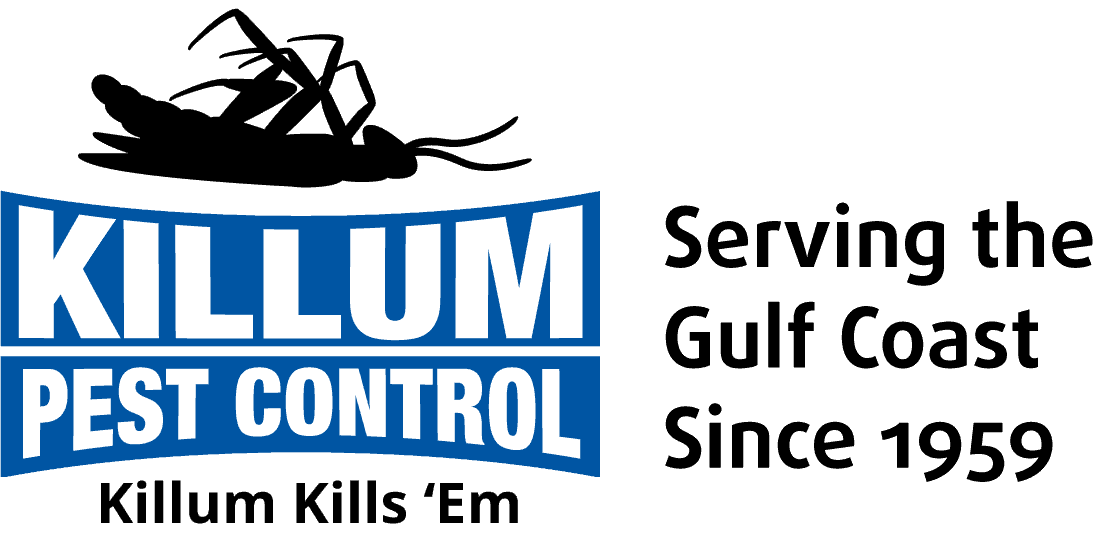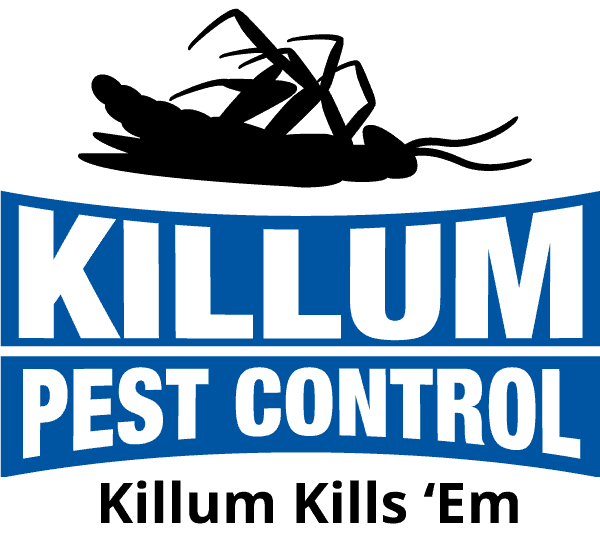Pest control is a vital aspect of maintaining a healthy and comfortable living and working environment. Texas homeowners and business owners often have numerous questions about dealing with pests in their properties. In this comprehensive FAQ article, we’ve gathered the most common pest control queries and expertly answered them to help you effectively tackle the challenges posed by pests in the Lone Star State.
Whether you’re battling ants, rodents, termites, or mosquitoes, this article will provide you with valuable knowledge and practical solutions for keeping your property pest-free. Our goal is to equip you with the necessary tools and tactics to face the unique pest control challenges in Texas with confidence. So let’s dive in and explore the answers to all your pest-related questions and concerns.
1: What Are the Most Common Pests in Texas?
Texas is home to various pests due to its unique climate and geography. The most common pests found in Texas homes and businesses include:
1. Ants – Various species, such as fire ants, carpenter ants, and odorous house ants, can be found throughout Texas. They can damage your property and cause painful stings or bites.
2. Termites – Subterranean and drywood termites are common in Texas. They can cause severe structural damage by feeding on wood in a building.
3. Cockroaches – The American, German, and Oriental cockroach species thrive in Texas, carrying diseases and causing allergies.
4. Rodents – Mice and rats are common pests, causing property damage by chewing through electrical wires and insulation, as well as spreading diseases.
5. Mosquitoes – Texas offers breeding grounds for various mosquito species, and some can transmit diseases like West Nile virus and Zika virus.
6. Spiders – While most spiders are harmless, species like the black widow and brown recluse have venomous bites that can be dangerous to humans.
2: How Can I Prevent Pests from Entering My Property?
There are several preventive measures you can take to minimize the risk of pest invasions:
1. Seal gaps and cracks – Regularly inspect your home’s exterior and interior for openings, and seal them with caulk, weather stripping, or other appropriate materials.
2. Repair screens – Repair or replace any damaged or torn window screens to keep pests out.
3. Remove food sources – Store food in airtight containers, dispose of garbage regularly, and clean your kitchen and other areas where food is consumed.
4. Keep a clean and dry environment – Regularly remove clutter, vacuum, and clean spaces that pests could inhabit. Fix leaks or damp areas, as moisture attracts pests.
5. Eliminate outdoor attractants – Keep your yard well-maintained, remove standing water, store firewood away from your home, and maintain proper storage and disposal of pet food and waste.
3: How Can I Identify Signs of a Pest Infestation?
It’s essential to recognize early signs of pest infestations so you can take appropriate action before the situation worsens. Here are some common signs:
1. Droppings – Feces from insects or rodents can indicate the presence of unwanted pests.
2. Damage to property – Chewed wires, damaged insulation, wood shavings, or holes in walls can signify rodent or termite activity.
3. Nests or breeding grounds – Check dark, hidden spaces, such as attics or basements, for nests or breeding grounds.
4. Dead bugs – Finding dead insects, especially in large numbers, can indicate an infestation.
5. Unusual odors – Musty or unpleasant smells can be a sign of pest presence, such as rodents or cockroaches.
4: What Are Some Effective, Natural Pest Control Techniques?
There are several eco-friendly and natural solutions for pest control, which are safe for your family, pets, and the environment:
1. Diatomaceous earth – A naturally occurring powder that damages the exoskeleton of insects, causing them to dehydrate and die.
2. Vinegar – Can be used as a cleaning solution to deter ants and other pests.
3. Essential oils – Many essential oils, such as peppermint, lavender, and eucalyptus, have insect-repellent properties.
4. Neem oil – A natural pesticide derived from the neem tree, effective against a variety of insects.
5. Traps and barriers – Installing physical traps, such as snap traps, glue boards, or insect sticky traps, can help control pests without the use of chemicals.
5: How Often Should I Schedule Pest Control Services?
The frequency of pest control treatments depends on your specific situation and the type of pests you are dealing with. For a proactive approach, it’s recommended to schedule an inspection and preventative treatment at least twice a year. However, if you’re experiencing an active infestation or live in an area where pests are more prevalent, you may need more frequent visits from a professional pest control company like Killum Pest Control.
6: Can Pest Control Services Safely Treat a Property with Children and Pets?
Professional pest control companies prioritize the safety of your family and pets. They use products and application techniques that are designed to minimize exposure risks. When hiring a pest control service, communicate any concerns you have about potential risks, and they will gladly work with you to ensure a safe treatment.
Each pest control scenario is unique and requires a tailored approach. By arming yourself with knowledge and seeking professional assistance when necessary, you can effectively manage pest challenges in your Texas home or business.
Trust Killum Pest Control for All Your Texas Pest Control Needs
In conclusion, effectively managing pests in your Texas home or business can be a challenging task. With a diverse range of pests and unique environmental factors, it’s essential to be well-informed about prevention, identification, and control. By following the expert advice outlined in this FAQ article, you’ll be well-equipped to tackle potential pest infestations and maintain a clean, safe environment. However, when it comes to more complex pest control challenges, trust the professionals at Killum Pest Control to safeguard your property using safe, eco-friendly, and effective pest control in Pearland, TX tailored to your unique situation. Don’t battle pests alone – contact Killum Pest Control today for expert advice, treatments, and peace of mind.





